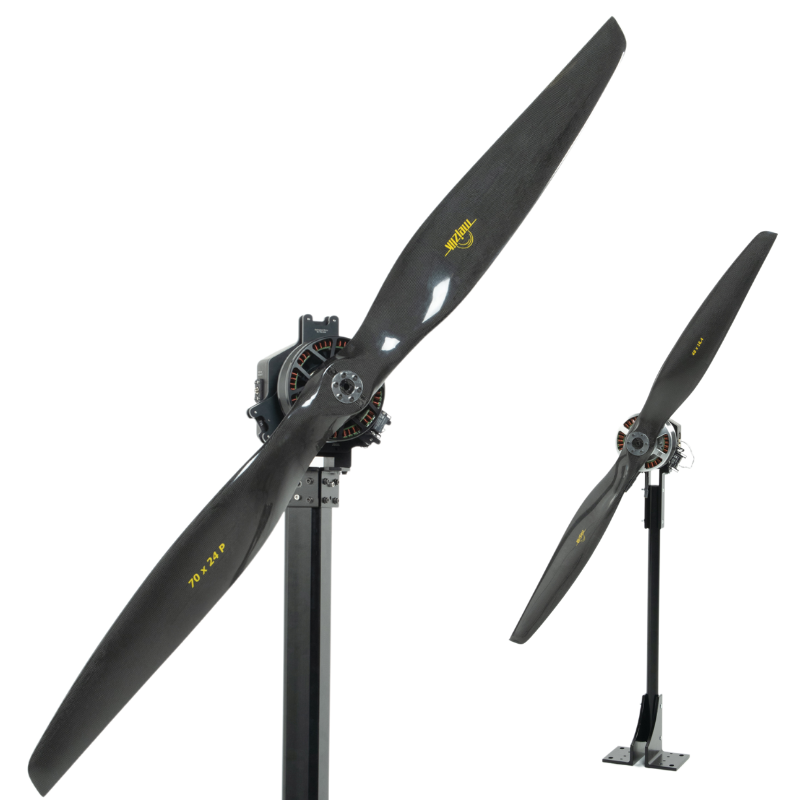"The Windshaper has been an invaluable tool in our research to better understand the interactions between flow and drones in windy and gusty conditions!"
Princeton University's Intelligent Robot Motion Lab acquired a 6x3 Windshaper in 2022. Since then, the research team has been hard at work developing a method for using drones to simulate particle behaviour in wind flows.
Here's what PhD Candidate Nate Simon had to say about their work with the Windshaper:
The Intelligent Robot Motion Lab (IRoM Lab) at Princeton University seeks to enable robots togeneralize safely and reliably to real-world conditions. For drones and aerial robots, this meansbeing robust to strong wind and gusts.
We previously worked on a novel omnidirectional flow sensor and reinforcement learning-based wind-aware control in gusts. For these papers, our indoor gust generation mechanism consisted of 6 blower fans - which generated a powerful gust, but did not offer a lot of control over the nature of the gust (in space or in time).
We needed a Windshaper! We worked with Tyto Robotics to order and take delivery of our 3x6 module Windshaper in December of 2022.
Since then, our 60 x 25 ft motion capture space has become significantly windier! In collaboration with the Fundamental and Applied Studies in Turbulence (FAST) Group, wecharacterized our Windshaper flow field using sonic anemometers:
Collecting this large-scale spatial anemometry data by hand was tedious, so we created FlowBot: a mobile, autonomous sonic anemometer, capable of mapping out the entire flow field!
Since the FlowBot is stationary, the measurements are “Eulerian” in nature. However, wewould really love to understand the flow mechanisms from a “Lagrangian” perspective (i.e., aparticle moving with the flow). To do this, our collaborators at FAST invented a Lagrangianvelocimetry technique that tracks tiny, neutrally buoyant, helium-filled soap bubbles. The bubbles are tracked precisely in 3D space using several DSLR cameras and computer vision post-processing.
With these bubbles, we are able to see how particles naturally move in the airflow. What if wecould get a drone to do the same thing – move freely as a Lagrangian particle? This project became known as “LaDrone” (Lagrangian Drone), and was featured on the front page of APS News!
Using the Windshaper and bubble tracking, we were able to precisely characterize howLaDrone reacts to wind gusts!
We extended LaDrone to actively sense and amplify the effects of the gust disturbance, hopefully to move more like a particle. What we found was amazing: Over each trial, the “gust-accepting controller” (green) is able to track the bubble velocity (blue) much more closely than gust-ignoring (red) or gust-rejecting (purple) controllers.
In future work, we plan to investigate how fast-tracking can be used to resonate with and extract energy from the turbulent flow, enabling more efficient flight.
The Windshaper has been an invaluable tool in our research to better understand theinteractions between flow and drones in windy and gusty conditions!
Nate Simon, PhD Candidate (Class of 2025)
Intelligent Robot Motion Lab
Department of Mechanical & Aerospace Engineering
Princeton University




 Back to Blog
Back to Blog


Leave a comment